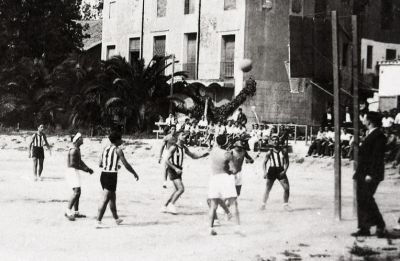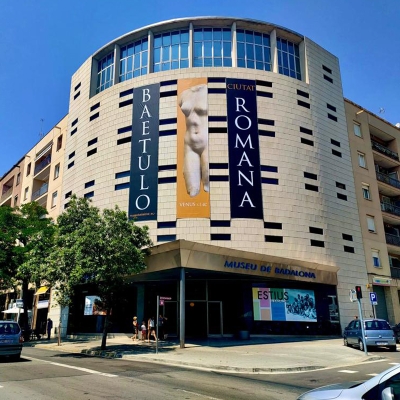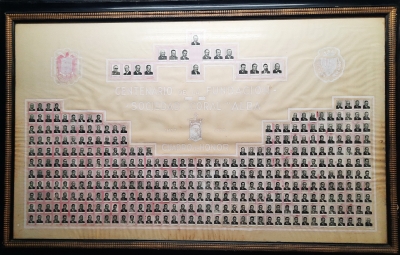On Sunday, March 1st, 1925, exactly one hundred years ago, the first documented basketball game in our city took place in the courtyard of the Ateneu Obrer.
The success of the day was not immediate, but it marked a starting point that continued in 1928 when the Societat Gimnàstica (1926-1932) incorporated this game into its practices. Two years later, already immersed in the Catalan championships organized by the Catalan Federation, the Gimnàstica promoted a basketball tournament for neophytes “in order to spread this beautiful sport” in the city. As a result of this initiative, a group of friends, the Penya Spirit of Badalona, future Club Joventut (1930), set up a team to compete with other teams in the city. These were his first steps in playing basketball
Since then, and with growing interest from citizens, institutions and local entities, Badalona has been practicing, institutionalizing, professionalizing and consolidating a highly symbolic sport for its identity.
On the occasion of the centenary of that first match, the Museum of Badalona, together with the Badalona Historical Studies Center (CEHB), is preparing an exhibition on the process of sports roots that led to the emergence of basketball in Badalona and its evolution until the end of the Civil War, in parallel with other sports disciplines.
As part of this anniversary, we also invite you to go to the Ernest Lluch Square (where the Ateneu courtyard was) on the morning of Saturday, March 1st, to celebrate this centenary and take a tour of significant places in the history of sports in Badalona.

Unknown/Museu de Badalona. AI. Col. Josep Gual Lloberas (ref. MB-AI-JGL-113)















